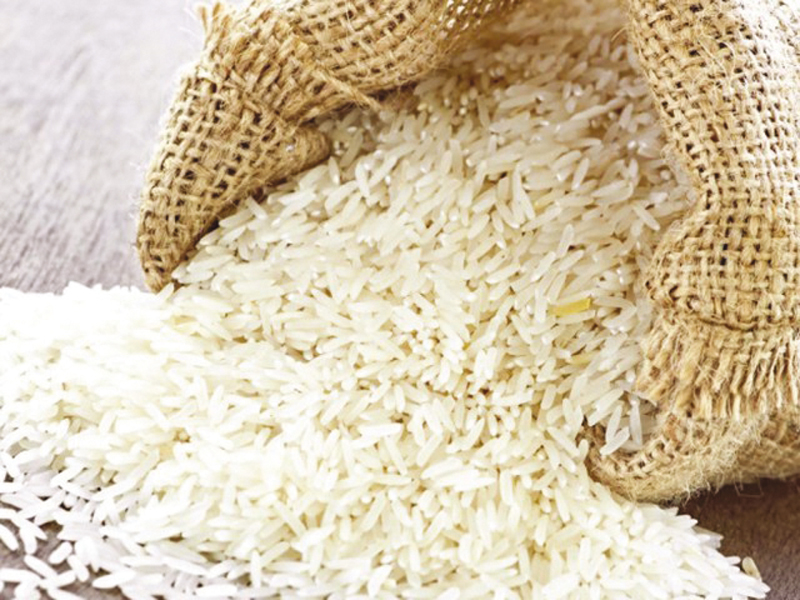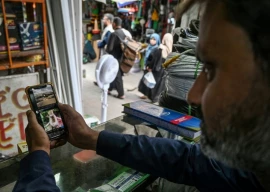
FAISALABAD:
Rice exports remained almost stagnant in terms of value, as Pakistan earned $1.9 billion in the fiscal year 2013-14 (FY14) against $1.84 billion in the preceding year from the export of basmati and non-basmati rice varieties.
Out of the total rice exports of $1.9 billion in FY14, the share of non-basmati variety was over $1 billion. The country exported 3.37 million tons of rice in FY14, including 2.6 million tons of non-basmati and 750,000 tons of basmati rice. The 3.37 tons of exports fell from the 3.5 million tons in FY13.
The Pakistani basmati rice is in great demand in the United States, Europe and United Arab Emirates. The non-basmati rice is exported to all over the world, with the African states being the major consumers.
The high demanded varieties of basmati include super basmati, 1121-Kayinat, brown basmati, super 2000, 515 and 386, while the irri-6 is the non-basmati in demand.
In terms of quantity, there was an increase of 16% in basmati rice, while there was a 35% value increase in comparison to FY13. The non-basmati rice decreased by 8% in quantity, said Rice Exporters Association of Pakistan’s former vice chairman Taufeeq Ahmad, while talking to The Express Tribune.
The price of the Pakistani basmati rice stood at $1,300-1,400 per ton. Due to a higher demand of Indian basmati rice, which is considered elite in the international market, the price reached $1,600-1,700 per ton. India also possesses the Early Aging Steam System for the production of rice, according to Ahmad.
“The price of non-basmati rice in the international market is $450 to $500 per ton,” said Ahmad. “There is great scope in enhancing exports of the variety.”
Due to high demand in the region, UAE is a key market for Pakistan in terms of rice exports. The former vice chairman said that better branding and packaging is required to compete in such markets.
“The quality of the Pakistani basmati rice is very good in comparison to the Indian one,” said Ahmed. “But India has a better processing procedure when it comes to rice manufacturing.
“They are using the latest technology in processing, packaging and polishing, which is a major reason for their success.”
The prices of 5-kg Indian-label rice bag in the international stores are $8-17 against the $7-11 of the Pakistani equivalent.
Pakistan produced 6.5 million tons of rice in all varieties, of which 3.4 million tons was for exporting purposes.
Published in The Express Tribune, August 5th, 2014.
Like Business on Facebook, follow @TribuneBiz on Twitter to stay informed and join in the conversation.























































COMMENTS
Comments are moderated and generally will be posted if they are on-topic and not abusive.
For more information, please see our Comments FAQ